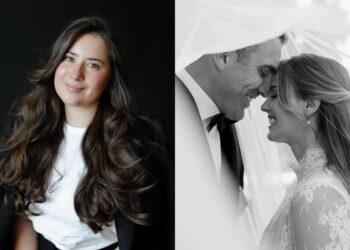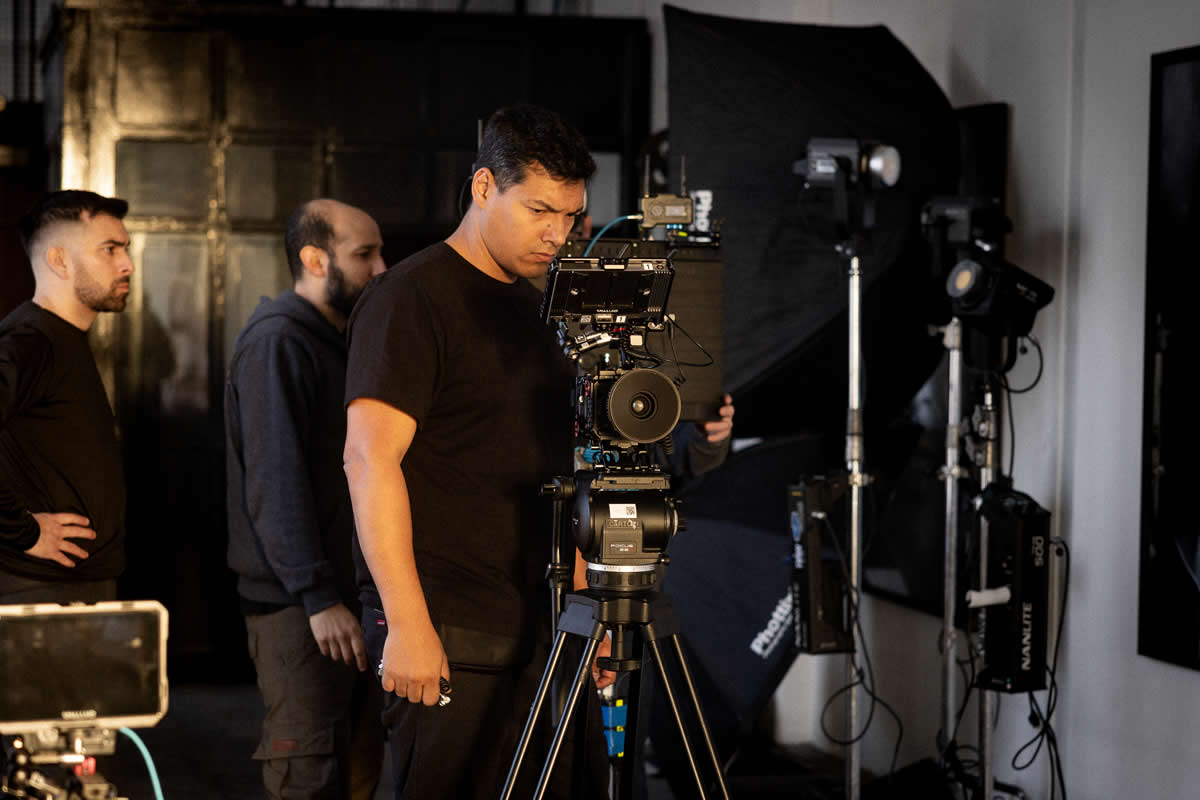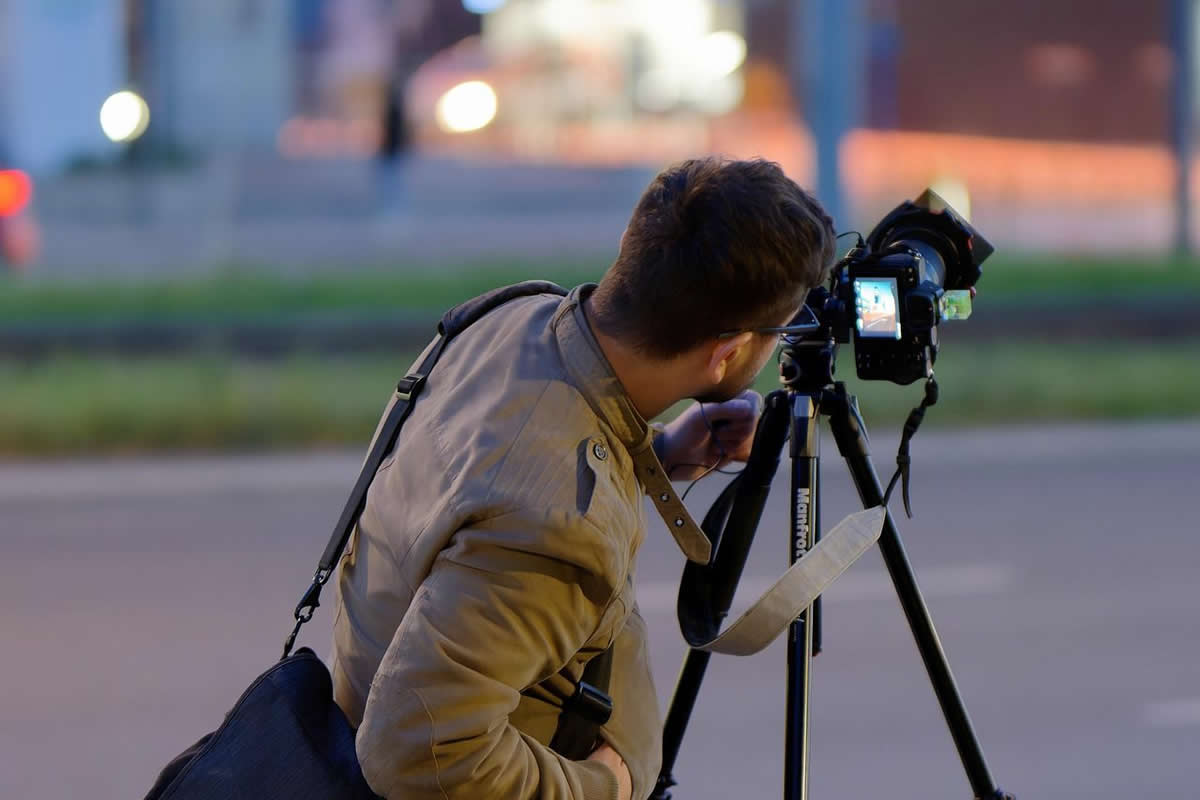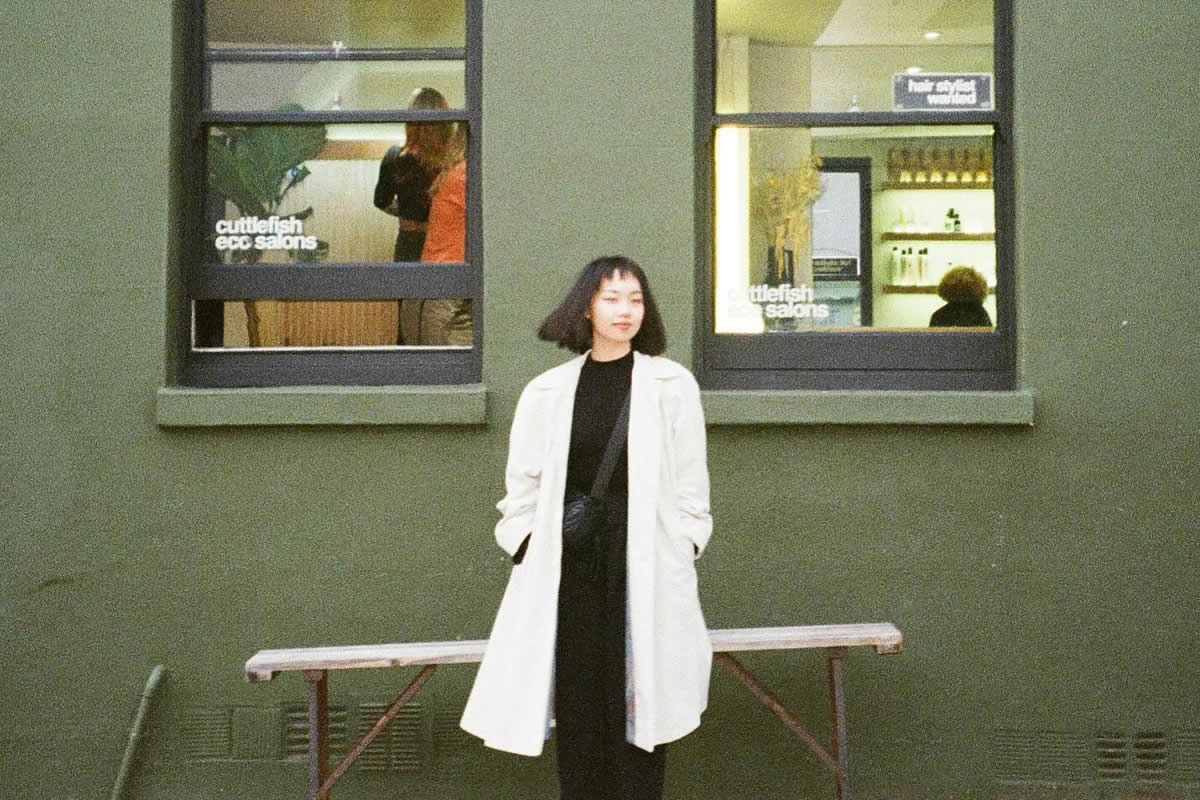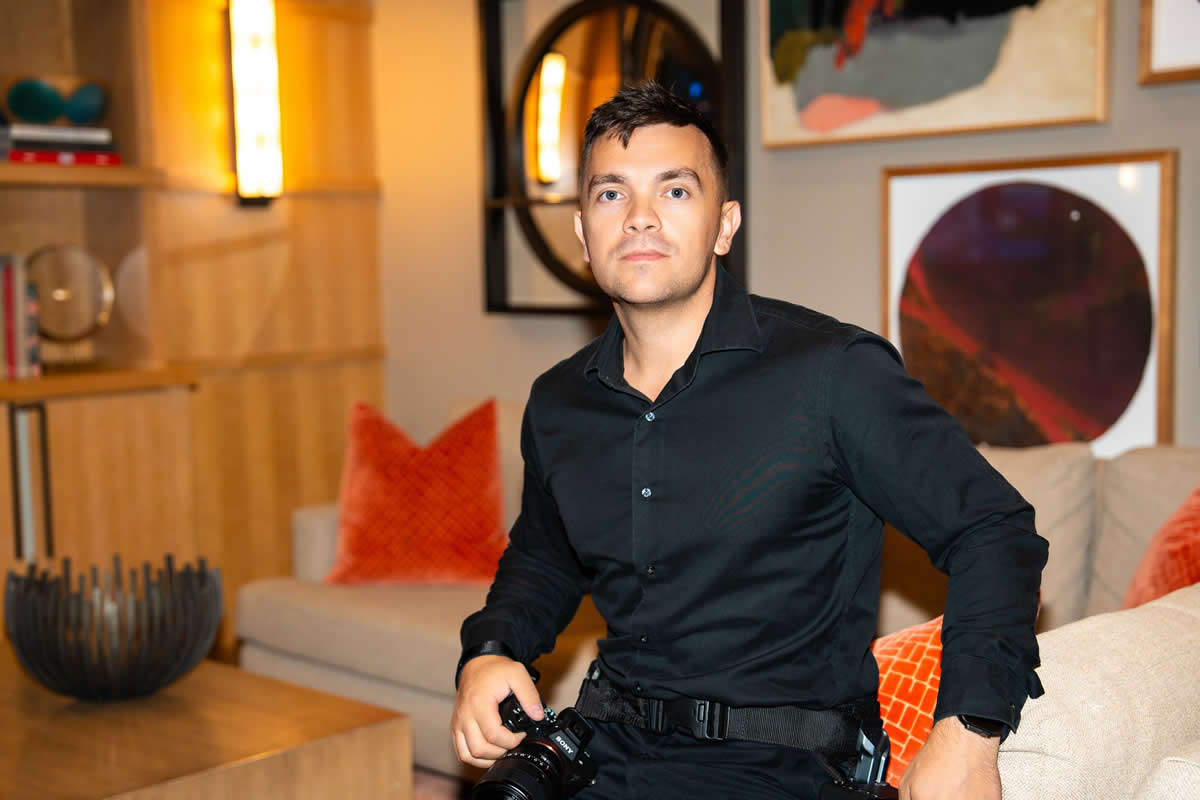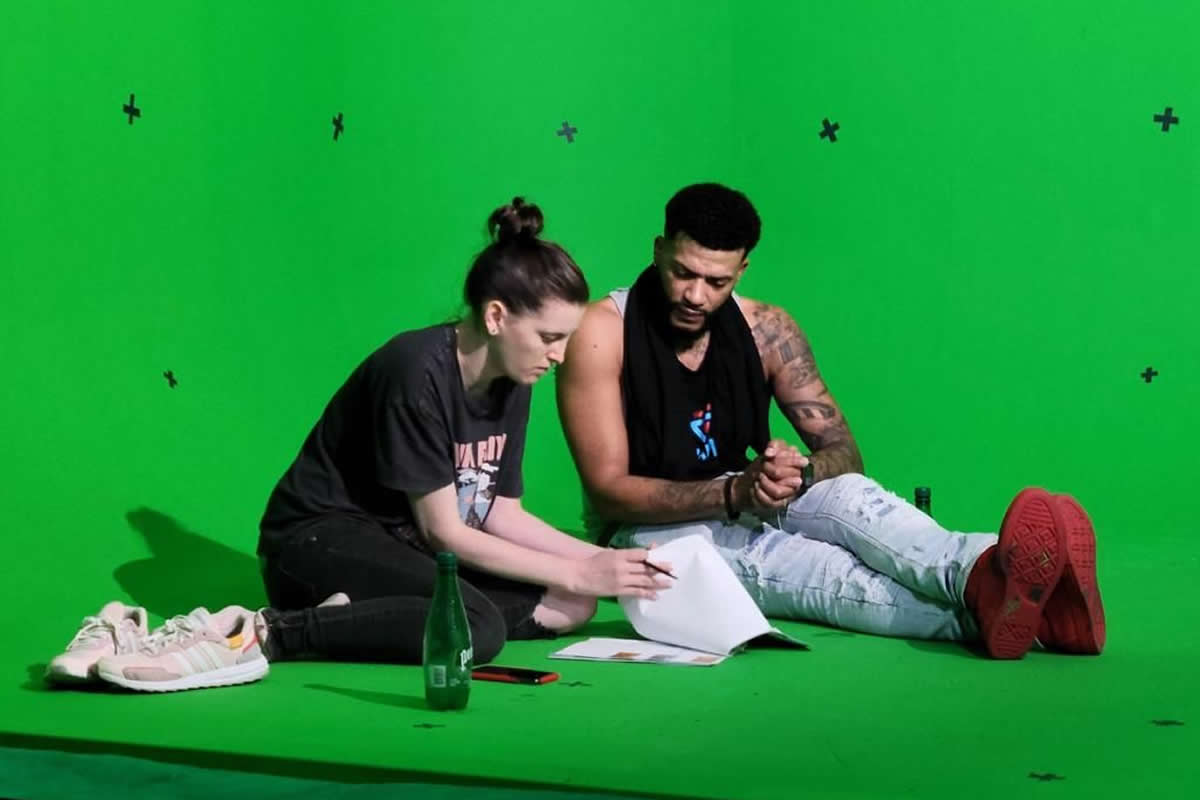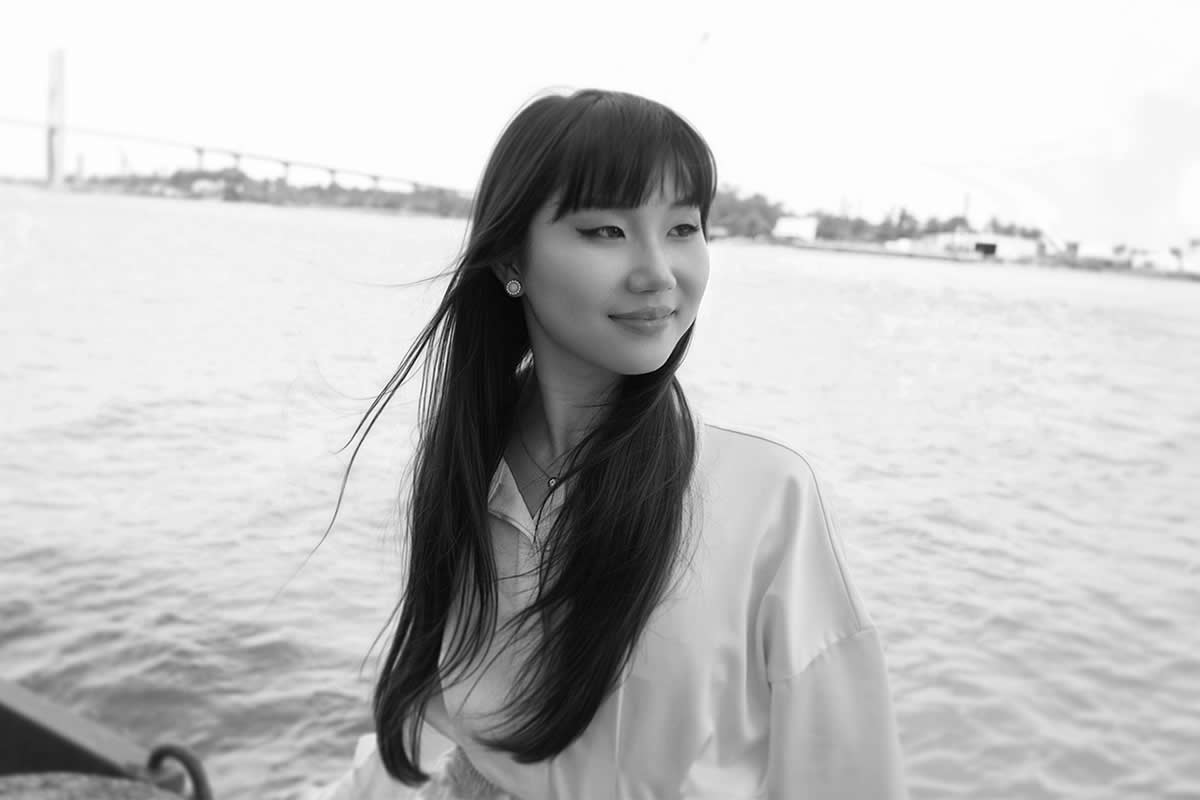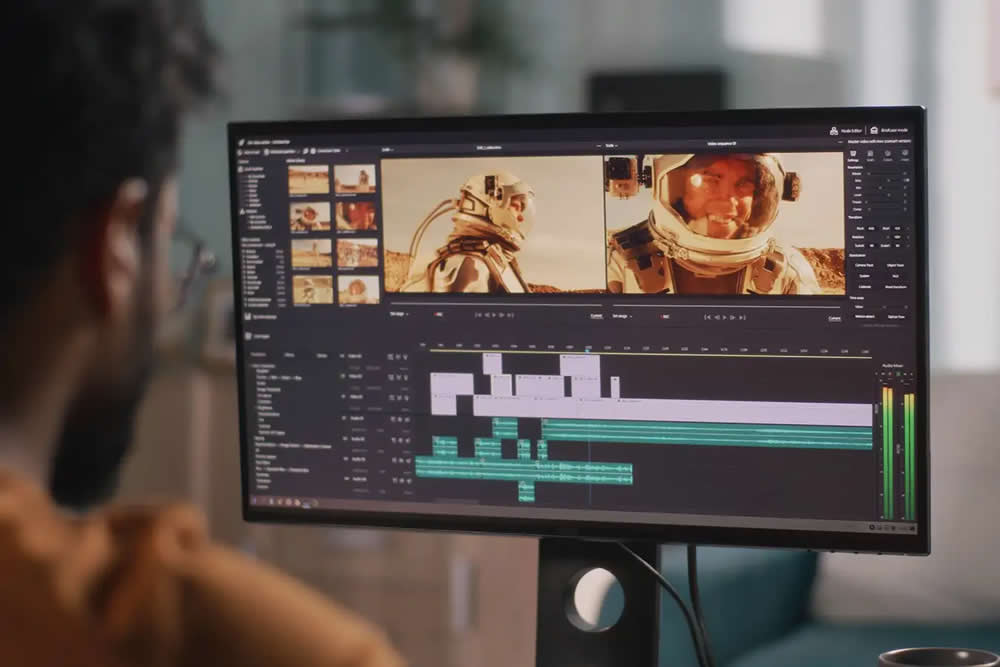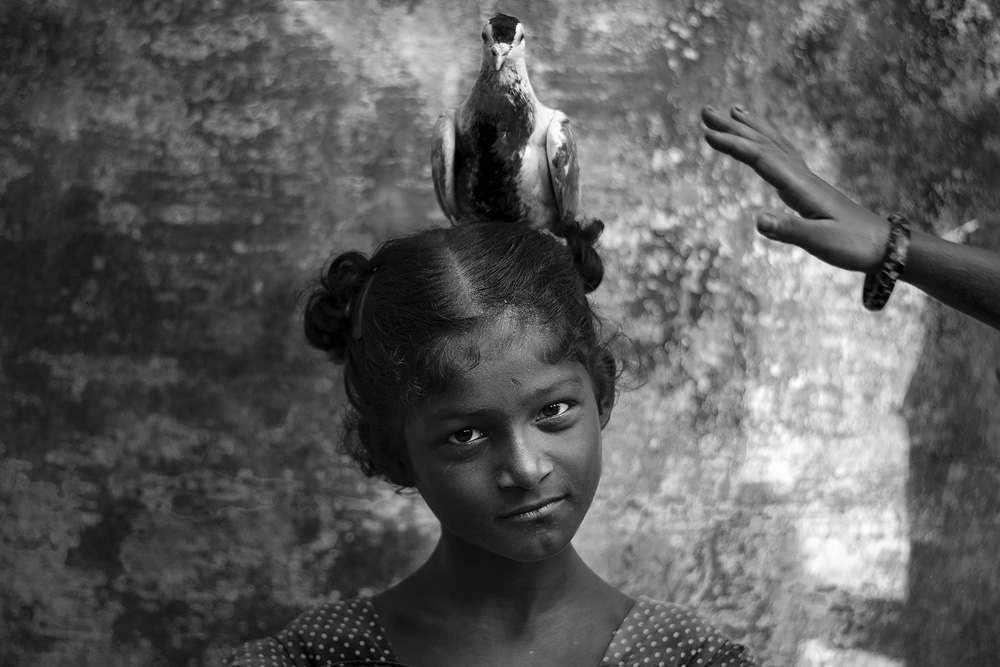Like everyone I suspect, I had no choice falling in love with photography. My grandfather had a camera slung round his neck with the same frequency that dudes at Home Depot rock Oakley’s, that is, pretty much day and night. Growing up with him on Long Island some of my earliest memories have to do with the sound of a shutter or the smell of stop bath. At 15, after an olympic amount of begging, my pop bought me my very first camera, a Canon AE1 from a little pawn shop for 60 bucks, which I also donned day and night, well into college. I went to Brooks briefly before cheating on my first love and started romancing film production, a younger, sexier version of my old girl. While I made a career at being a director, I never fully turned my back on the girl that took my artistic virginity from me.
20 years later I direct commercials and do a fair amount of travel writing. I find myself traveling all over the world, and while like everyone else I have a killer camera imbedded right in my phone, I am always wandering flea markets and bazaars looking for anything with a lens and shutter. Over the years I collected 52 film cameras, and proudly displayed them in my little NYC apartment, each reminding me of a different corner of the earth I picked them up from. It’s always made me happy, and reminded me of what started it all.
Now however, it kind of disgusts me.

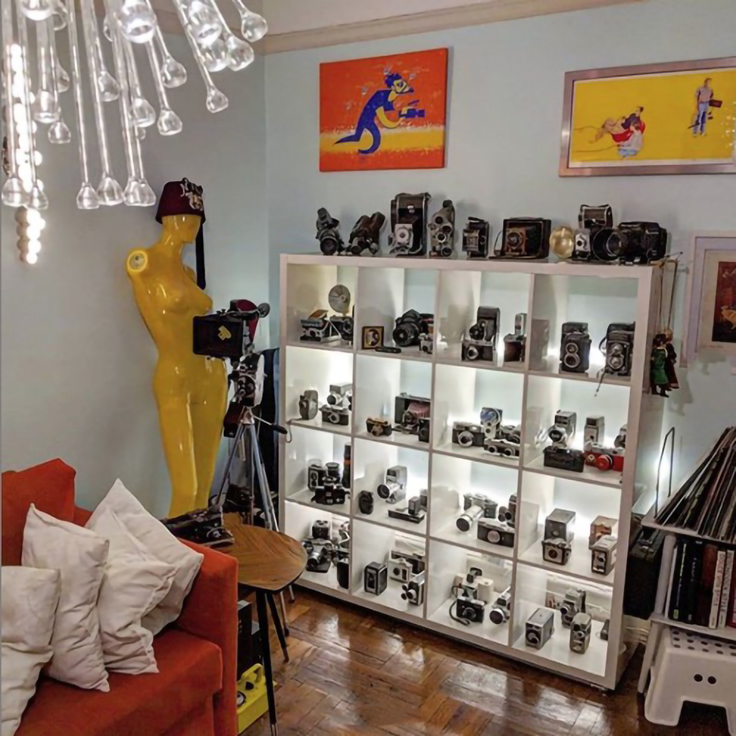
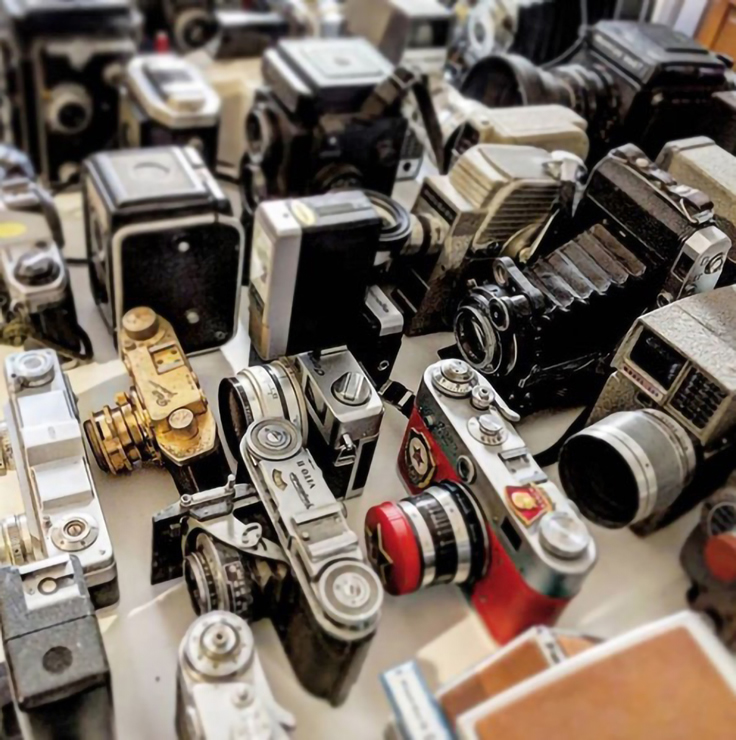
Recently, I looked at the shelf and saw something different. Something made me sad. Lament. It no longer looked like a showcase, but a prison for these beautiful, weird, and wonderful little boxes of magic. I immediately got an idea. Taking each one down and dusting them off I went through them all, cleaning, repairing if needed, and cataloging them all. I decided that instead of letting these ladies sit and collect dust in a hipster shrine I was going to put them to work, let their legs stretch and run film through all of them.
52 cameras, 52 weeks in a year, sounds like it was meant to be.

It has become way too easy to rely on the digital format. It’s fast, versatile and forgiving, which are none of the reasons I fell in love with film in the first place. These cameras are visceral, organic, and specific. They force you to connect with the world around you, to think about aperture, time and movement and be present. More than anything they’re fun, start conversations, bring people together, and are living history.
The first camera I posted about was my Grandfather’s Brownie. I thought it fitting since he was the main motivation behind my love affair with film. Not the oldest camera in the collection, but definitely well travelled through time and space, she still works without complaint, not surprising considering that you could basically make this camera with scraps found around the house. They don’t have to be complicated, advanced, or sophisticated to be interesting, in fact, I love how dumpy, clunky, and real some of these boxes of banality can be. I decided to also post an original film strip I took with this very camera over 20 years ago in High School, having always kept my negatives for what I could only assume was this very reason.
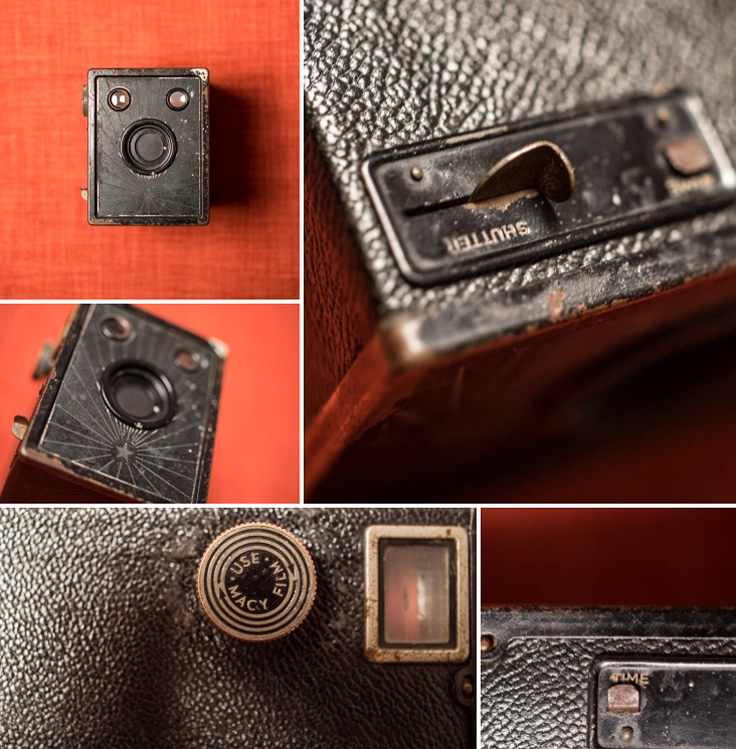
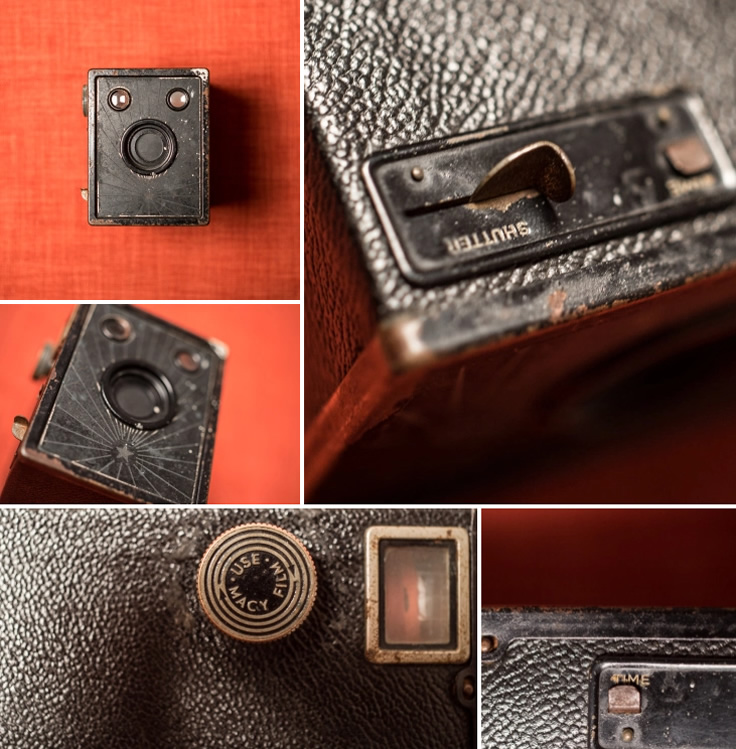
Taking her out in the streets was even more bizarre, to think that this nearly 50 year old little guy from Soviet Russia probably never thought it would find itself looking at Queens NY in its lifetime, is here, snapping away. Thinking what this lens has seen, the people it has snapped and the hands that had held it made me elated. Like a lightning bolt I was 19 again and had remembered something I hadn’t thought of in decades. I remembered the moment I fell in love with film.
Commence flashback Sequence, Fall, 1997. UCSB.
I snuck into a film class one afternoon having been told on lukewarm authority that it was a good way to get to watch a free movie. Instead I was introduced to professor Edward Brannigan who stood on stage alone, holding a picture of an old man in front of an auditorium filled to the brim with hungry film students. I didn’t know at the time, but this moment would change my life like no other before or since.
“Here is a picture of your grandfather,” Brannigan bellowed with the gravitas of a Moses. I wanted to laugh, but the weight of the room was so heavy, every student tuned in, that i was muted. “The sun, 92 million miles away, ejects a single photon into the black infinite of space. It can travel in any direction, but, by some divine providence, is aimed directly at Earth. 8 cold, long minutes later it reaches the planet, at which point it strikes with gentle fury the face of your grandfather, bounces off illuminating him, and travels through the lens of your camera. At that very moment, for a very fraction of a second you open the gate and allow that very photon to pass through, to be imbedded into a strip of Celluloid.”
I was of course high, it was college after all, but I definitely wasn’t high enough for this metaphysical mojo.
“The luck of this is mind-blowing by any standard, however, the real mind-fuck is when you push light back through the celluloid, reigniting the photon, to continue the journey of that photon frozen in time, as it bounces off a screen and terminates in your eye, infighting your synapses. This is not a picture of your grandfather. This is your grandfather. The very photos are a piece of him, as every frame is a piece of the universe you capture.”
Boom. Mind blown. What Brannigan said that day embedded in my mind like photons on celluloid. Now, years late, I find myself on the street, with a little magic box, capturing the universe around me, photon by photon, feeling the same sense of wonder and joy that I felt the first time I picked up a camera.
It is all too easy to forget how absolutely amazing photography is. We create and consume images now with the frequency of breathing, and the days of sitting for a portrait or having a daguerreotype be the proud center of attention in your home are long gone. Yet, by taking these otherwise unremarkable clunkers out on the street and breathing a little life into them, they become so much more than interesting tchotchke on an Ikea shelf. I’m not saying we’re curing cancer here or doing some revolutionary art, quite the opposite; it’s reverence for all the art and innovation that has gotten us to this point. To all the experiences and memories that let us fall in love with the world as it is today.
My collection has a bit of everything, from glass plate, to microfilm, lenticular to panoramic. The only curation process was fate, of being somewhere and seeing a glint of glass or frayed strap, being in the right time and place, much like capturing a rogue photon from the sun I suppose. I look forward learning about these little beasts, having fun with them, getting frustrated with them, meeting people with them, and sharing them with whoever might be interested in keeping them alive. I dedicate this project to my Grandfather, who knew that the weight of a camera continually around your neck was nothing compared to the gravity it could bring your soul.
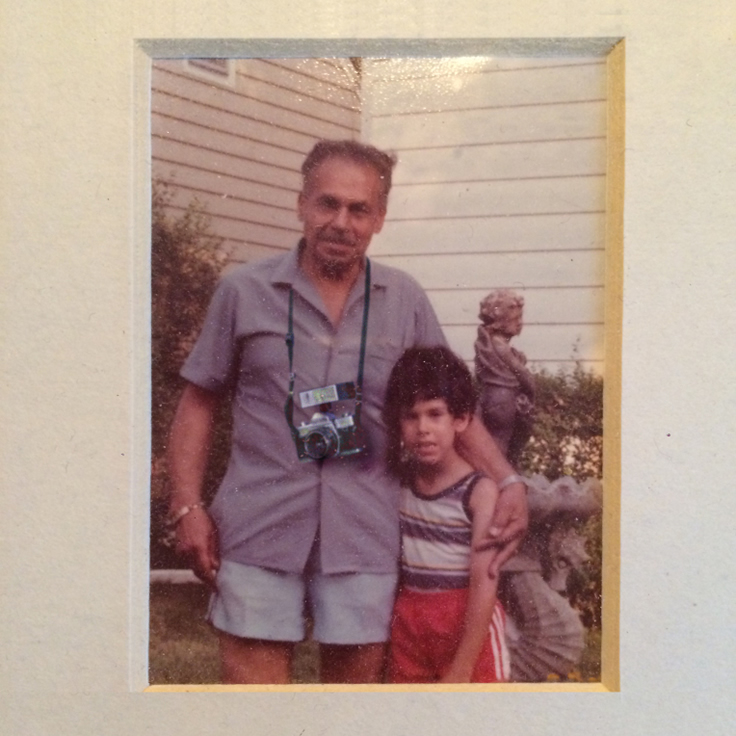
Me with Gramps. Thanks again gramps, love you and miss you.
You can find Roberto Serrini on the Web:
Copyrights:
All the pictures in this post are copyrighted Roberto Serrini. Their reproduction, even in part, is forbidden without the explicit approval of the rightful owners.


